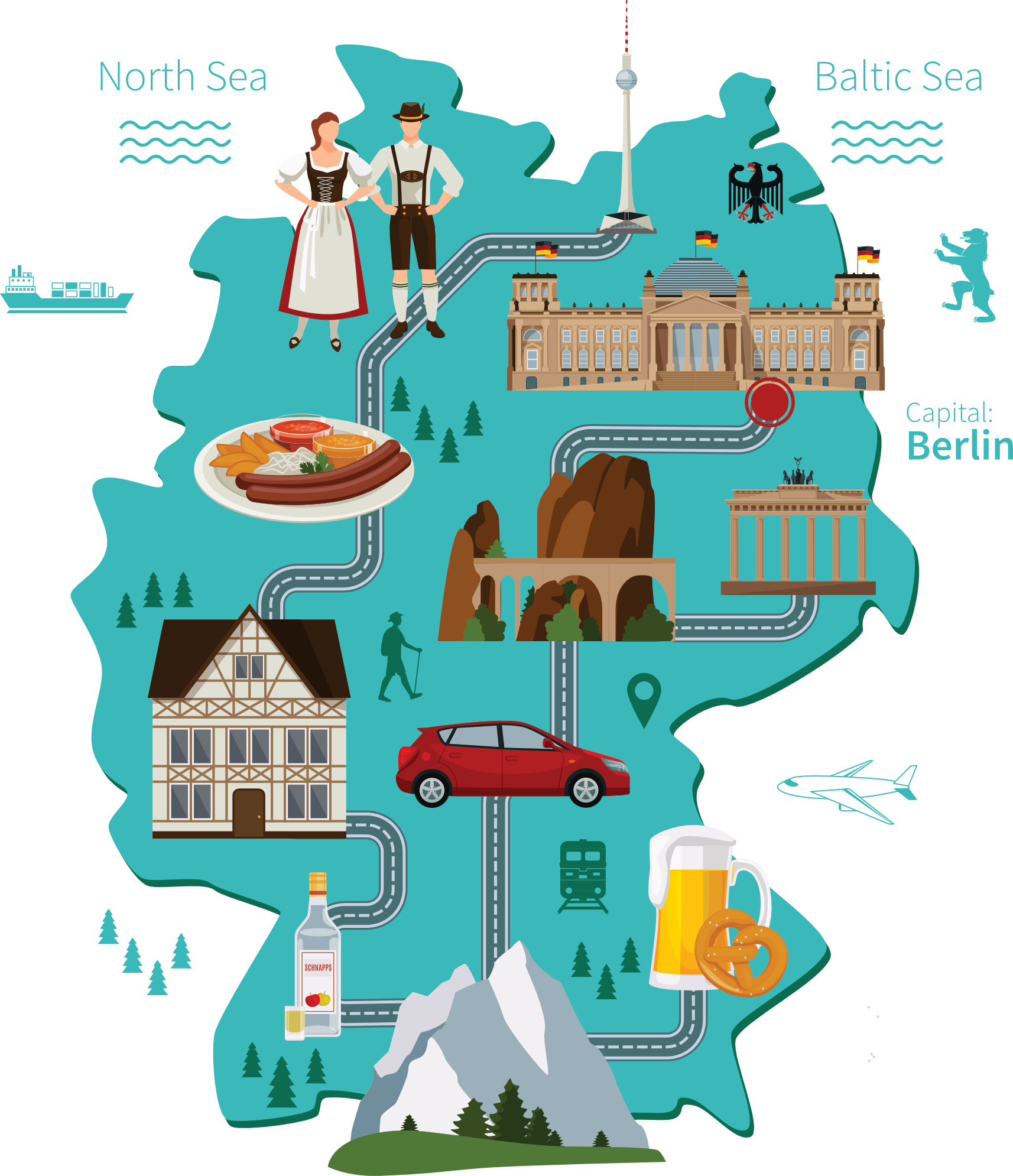Moving to Berlin
You are thinking of moving to Berlin in Germany? Whatever you are looking for – Berlin has it. It’s the perfect for place if you’re thinking of relocating to Germany and one of the most livable cities. The capital has not lost its magic since the roaring 20s. On the contrary – the city’s overwhelming historical and political significance is part of the vibrant culture that captivates every visitor.
In the northwest of Germany, surrounded by lakes, forests, and rivers, Berlin attracts visitors with a unique blend of art, culture, nightlife, history, and nature. Between thundering festivals, famous landmarks, and countless art galleries, one can simply not get bored.
Contents:
Berlin at a glance
- Capital of Germany
- Inhabitants Berlin City: with 3.7 million, the largest city in Germany
- Inhabitants metropolitan region: 6.2 million
- Location: northeast of Germany
- Famous for: Techno parties and art galleries
- Surprises with: Countless parks and even more art galleries
- Traditional food: Currywurst, kebab
- Sights: Berlin Wall, Brandenburg Gate
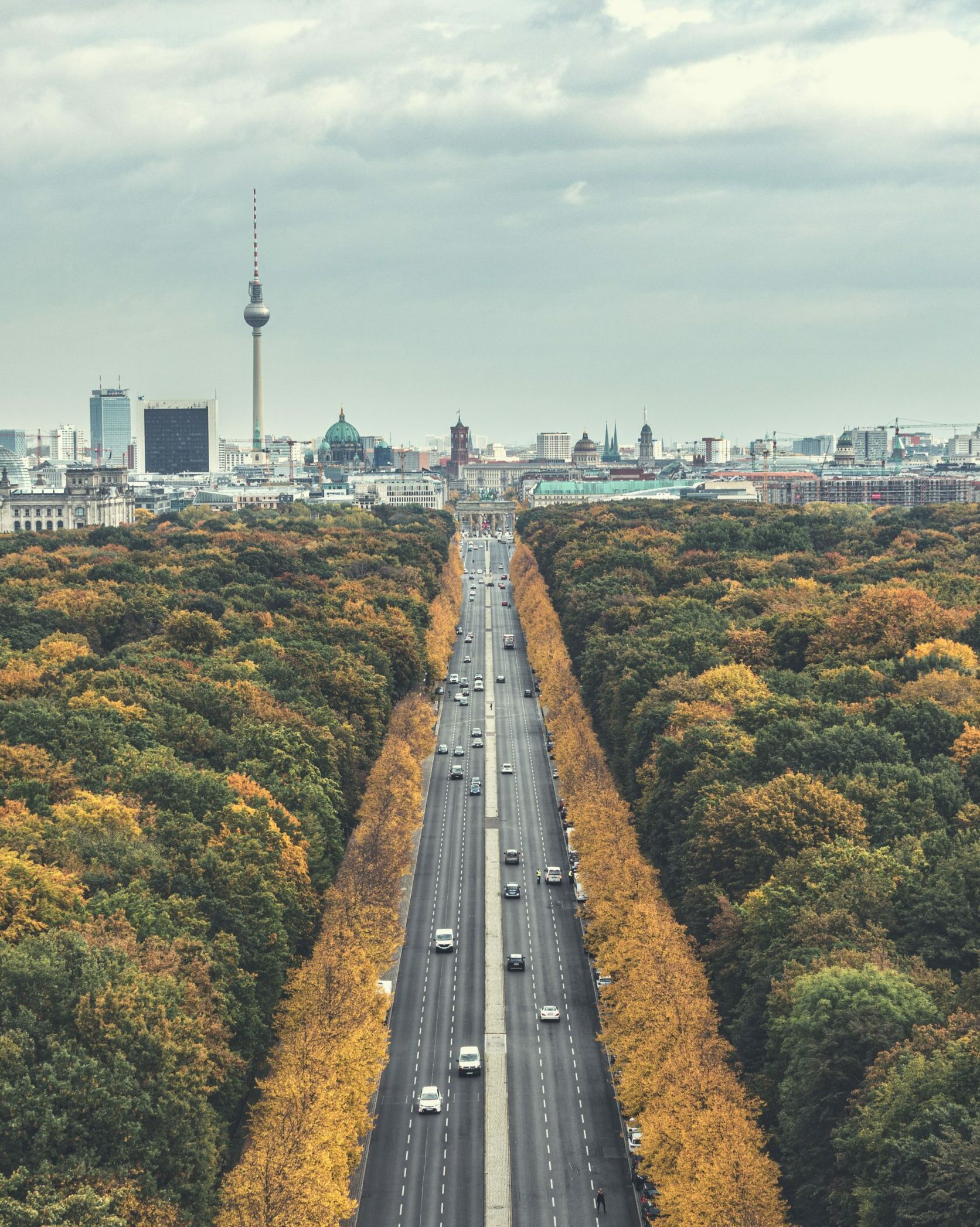
5 good reasons for moving to Berlin
A move to Berlin is an exciting step for many, as the capital offers countless opportunities and a high quality of life. With our relocation services, we support you in making your fresh start in this vibrant metropolis as smooth and stress-free as possible.
1. Multicultural Diversity
Many of Berlin’s 3.6 million residents have foreign roots. The capital also attracts a large number of Germans from other parts of the country. Everyone brings a piece of their culture, creating a colorful mosaic of exotic restaurants, diverse festivals, unique concerts, and a variety of languages. This makes it easy to get by without speaking German – Berliners are used to switching to English in conversations.
2. Eclectic scene in Berlin
Berlin is one of those cities that stands out as truly unique. Shaped by contrasts, Berlin offers something for everyone. From techno to classical music, from chic to punk, from glamour to counterculture – alternative lifestyles find freedom here, and people come to Berlin to be themselves or discover who they want to be.
3. Art and Culture
With countless historical and art museums, galleries, bold modern architecture, historic buildings, street art, monuments, palaces, landmarks, and the Museum Island, there’s always something new to see and discover in Berlin. This is complemented by a variety of events, theaters, ballet performances, and concerts of all kinds.
4. A Spacious Metropolis
Around 46% of Berlin’s area is green, with over 2,500 parks, 3 rivers, and numerous lakes and canals. There are also unique places like the former Tempelhof Airport, which, with its 368 hectares, offers more space for walkers, runners, skaters, kite surfers, and cyclists than Central Park in New York.
5. Start-Up Capital
Berlin is where creative minds come together – the city has one of the highest monthly numbers of start-ups. It’s the perfect place to build an international network and meet like-minded people with innovative ideas. What makes working in Berlin special is the great emphasis placed on work-life balance. Berlin isn’t in a hurry.
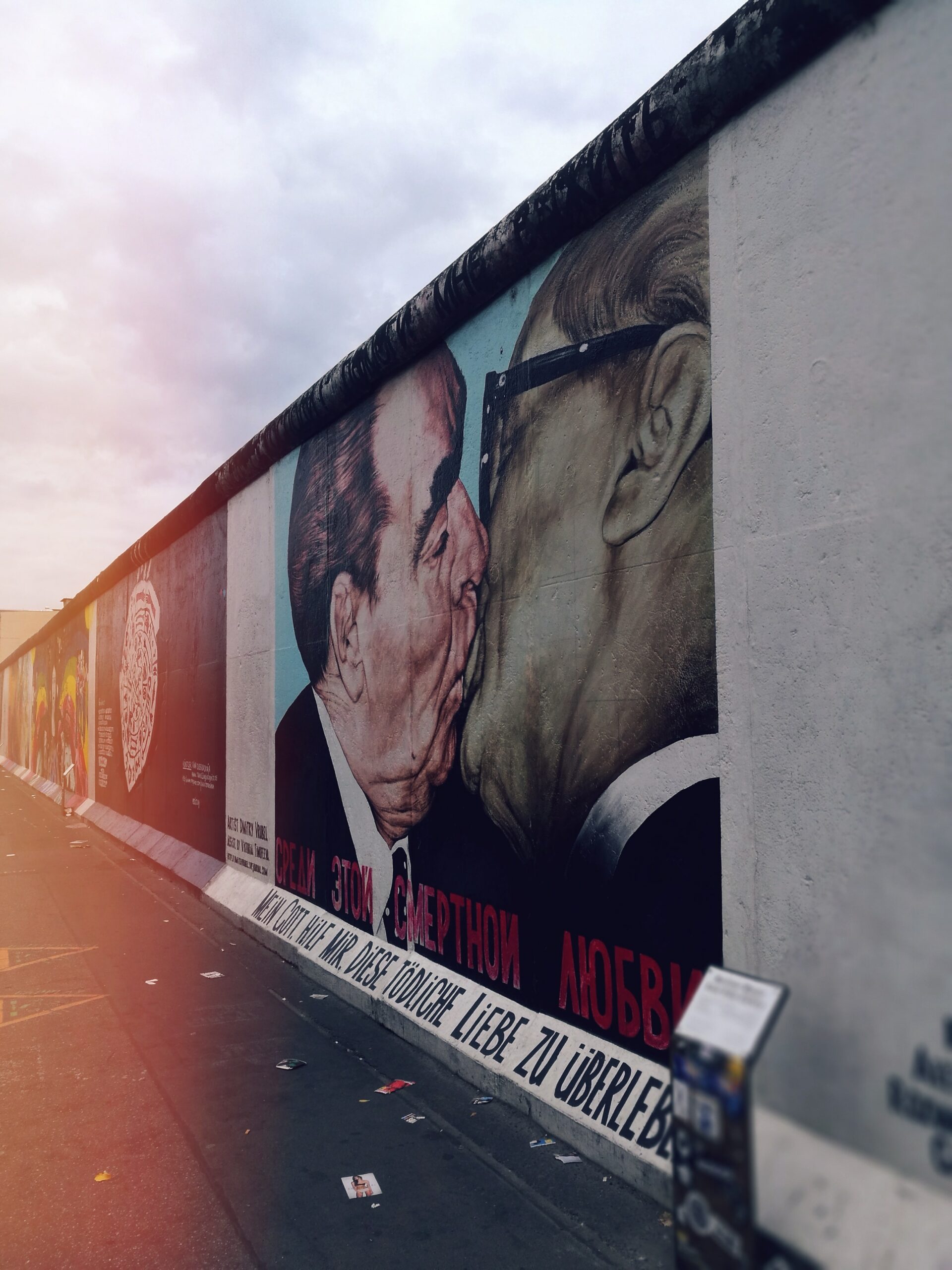
Top tourist attractions in Berlin
1. Berlin Wall and East Side Gallery
The Berlin Wall Memorial consists of a preserved section of the Wall with a watchtower and allows visitors to recreate the reality of the border fortifications. Immediately after the fall of the Wall, 118 artists from 21 countries began beautifying the longest remaining piece of the Wall. With its 1.3 kilometers of history and art, the open-air East Side Gallery on the banks of the Spree River now counts as a memorial.
2. Holocaust Memorial
A significant memorial to German history was designed by New York architect Peter Eisenman and commemorates the victims of the Holocaust. It is accompanied by an underground gallery that provides extensive information and stories about the period.
4. Reichstag Building
This neo-baroque building has survived wars, Nazis, fires, bombings, the division, and reunification of the country, only to return as a symbol of a new era in German history. Today it houses the German Bundestag, and visits can be booked in advance.
5. Step by the Späti!
Like no other city in Germany, Berlin lives its kiosk culture. No wonder that the kiosk in Berlin has even earned its dedicated name, “Späti” (“late sale”). Your favorite Späti is always available, especially when the supermarkets have already closed their doors. You can do your shopping here until late at night – traditionally, snacks and beer to enjoy an evening in one of the many parks.
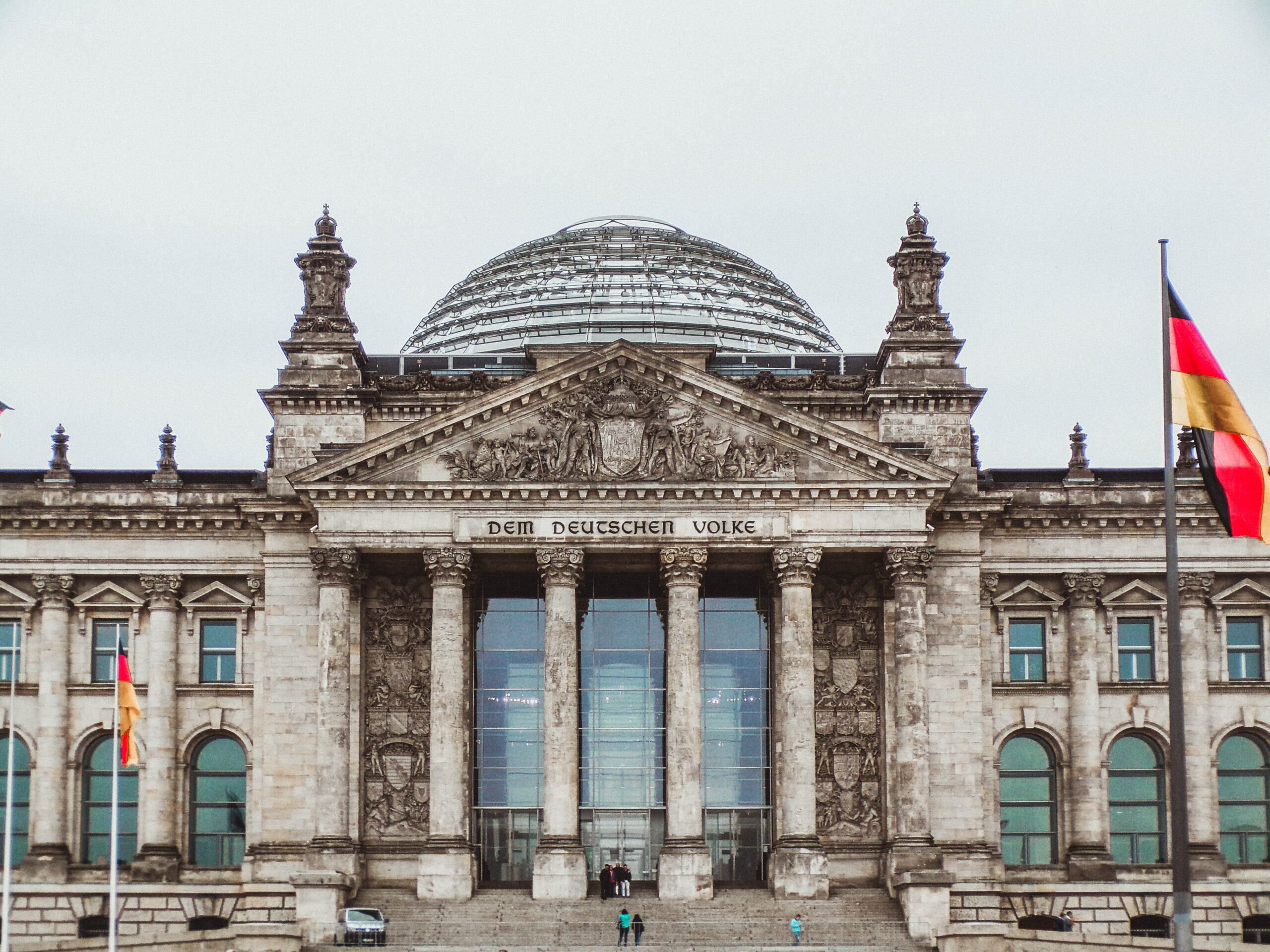
3. Döner and Currywurst
Berlin is home to the largest Turkish community outside of Turkey, which is why it is said to be the birthplace of the kebab: the Hasir snack bar in Kreuzberg. You should try this iconic dish in a kebap restaurant with a queue – these are the good ones, and it’s worth it!
Currywurst is a tradition in Berlin, and you can get it all over the city for a bargain price. So be sure to try if the irresistible combination of sausage, curry, and ketchup is for you.
6. Brandenburg Gate
Probably the most famous landmark in all of Germany is a large gate on Paris Square, built in the 18th century by Prussian King Frederick Willhelm II. A few years later, the victorious Napoleon symbolically entered Berlin through the Brandenburg Gate after the Battle of Jena-Auerstedt.
7. Tiergarten
Whether you’re looking for classical monuments, a place to reflect, admire nature, jog or drink beer, you’ll find it in Berlin’s most famous park. After about an hour, the 5 km circular walk will bring you back to the entrance, or you can explore the magnificent park some more on the numerous sneak paths.
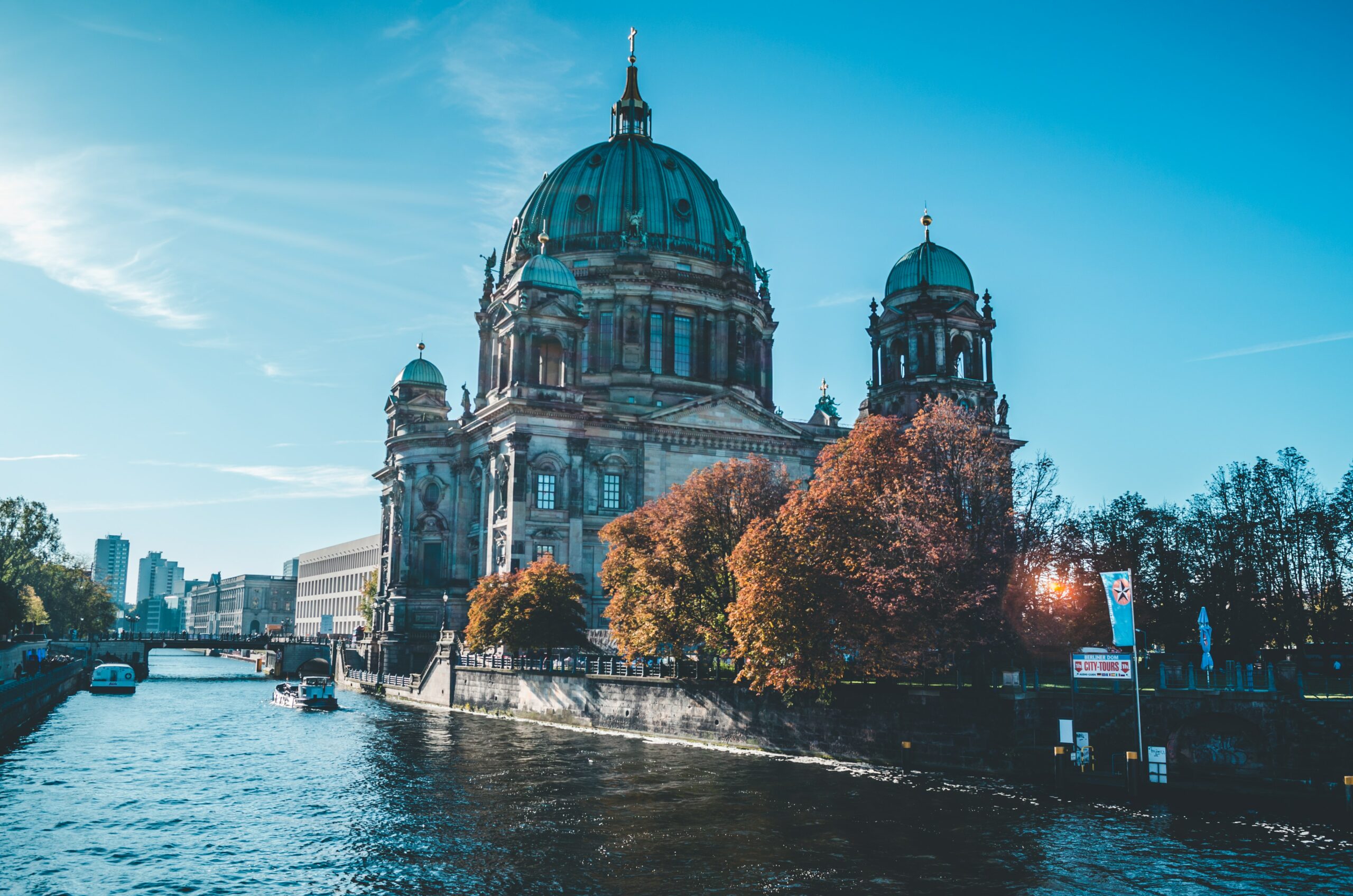
8. Museum Island
In the middle of the Spree River is a small island that is a UNESCO World Heritage Site, and not without reason: it is home to some of the most famous museums and works of art in the world. The Pergamon Museum houses a reconstruction of the Ishtar Gate, a city gate of Babylon and one of the original 7 Wonders of the World. The Bode Museum specializes mainly in sculptures from the Byzantine period, while the Altes Museum focuses on Greek and Roman art.
The Old National Gallery displays art from various periods worldwide, and the Neue Museum features Egyptian art.
9. Kreuzberg
In Viktoriapark, Kreuzberg offers a panoramic view of the city you should not miss. Kreuzberg as a district is also worth a visit with its many small stores, bars, and restaurants.
10. Sex, Drugs, and Techno
Berlin’s club scene has its roots in the wild 1920s and still has a reputation for being intense and unbridled. Unlike in the ’20s, today, techno can be heard almost everywhere in clubs and open-air concerts, but also in cafes and the subway. In world-famous clubs like Berghain, you can dance the night away from Friday to Monday – as long as you can get in…
Best places to live in Berlin

Moving to Berlin with HereLocation
Berlin is starting to sound good? Contact our relocation experts and take advantage of our extensive relocation services. We will assist you step by step with the organisation of your relocation to Berlin so you can lean back and look forward to your new home!
Our cities
Relocation to Cologne and Düsseldorf
Relocations to Hamburg and Hanover
Relocations to Stuttgart and Pforzheim
Relocations to Dresden and Leipzig
Relocations to Nürnberg and Erlangen
For other cities, please contact us and we will clarify at short notice what we can offer you. With HereLocation, your onboarding in Germany will be free from stress and a smooth experience.
